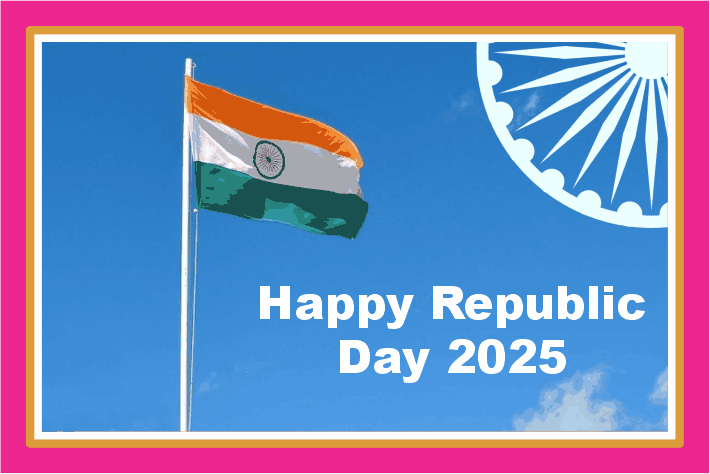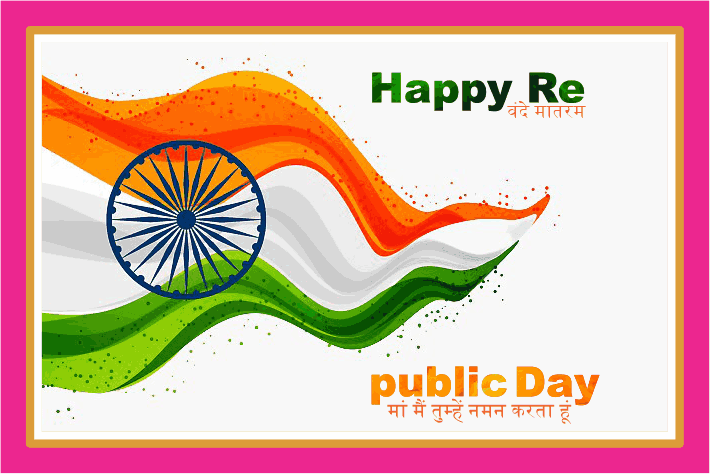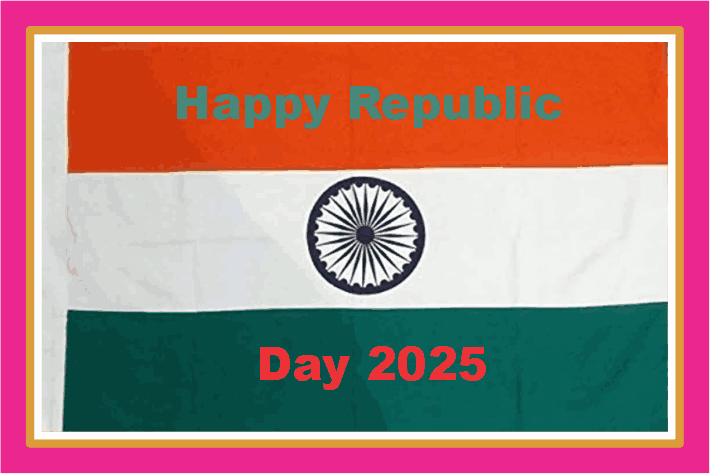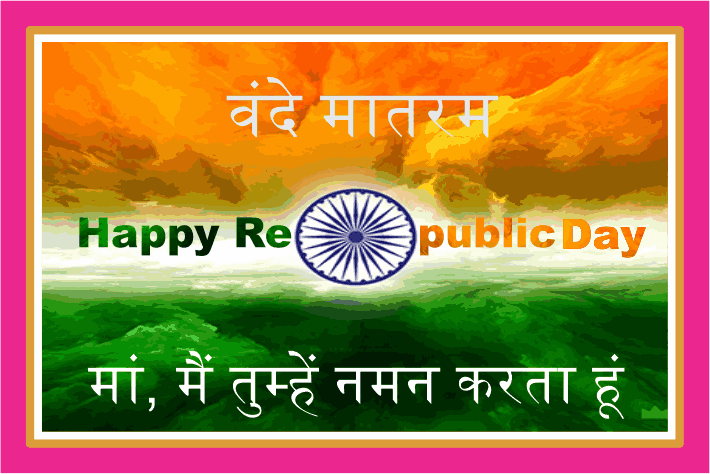Indian Republic Day: A Celebration of Sovereignty and Democracy
India celebrates Republic Day on January 26th every year, marking the date in 1950 when the Constitution of India came into effect. This day holds immense historical, political, and cultural significance as it symbolizes the transformation of India into an independent republic and showcases the nation’s rich diversity and democratic spirit.
Historical Background
The journey to Republic Day began with India gaining independence from British colonial rule on August 15, 1947. While independence was a monumental milestone, India still followed the Government of India Act, 1935, as its governing framework. The need for a self-drafted constitution was realized to assert complete sovereignty and establish India as a democratic republic.
The drafting of the Constitution was entrusted to the Constituent Assembly of India, chaired by Dr. B.R. Ambedkar, who is regarded as the Father of the Indian Constitution. After exhaustive discussions and debates, the final draft was adopted on November 26, 1949. However, it was decided to implement it on January 26, 1950, a date of historical significance. On this day in 1930, the Indian National Congress had declared Purna Swaraj (complete independence) from British rule.

Role of Republic Day in Fostering Patriotism
Republic Day serves as a reminder of the sacrifices made by freedom fighters and the responsibilities of being a citizen in a democratic nation. Schools, colleges, and communities organize events like.
Patriotic Speeches and Songs
Flag Hoisting Ceremonies
Essay Writing and Debates on National Issues
Sports and Cultural Competitions
Through these activities, the younger generation learns about India’s rich legacy and the importance of upholding constitutional values.
Challenges and Reflections
While Republic Day is a day of pride, it also prompts introspection about India’s journey and challenges. Key areas of concern include.
Social Inequality: Despite constitutional provisions, issues like caste discrimination, gender inequality, and economic disparity persist.
Strengthening Democracy: Efforts are needed to combat corruption, ensure transparency, and empower citizens through education and participation.
Cultural Preservation: Balancing modernization with the preservation of India’s diverse cultural heritage is crucial.

Significance of Republic Day
Constitutional Sovereignty:
Republic Day celebrates the establishment of India as a republic governed by its own Constitution. It reflects the principles of justice, liberty, equality, and fraternity enshrined in the Preamble.
Democratic Foundation: The day marks the transition to a democratic system where citizens elect their leaders. It underscores India’s identity as the largest democracy in the world.
Cultural Unity: Republic Day is a platform to showcase the unity in diversity of India. It highlights the myriad cultures, languages, and traditions that coexist harmoniously.
Military Prowess: The celebrations emphasize India’s military strength and technological advancements, instilling pride and patriotism among its citizens.
Republic Day Celebrations
The grandeur of Republic Day is best experienced in New Delhi, where a national parade is held at Rajpath (now Kartavya Path), with festivities reflecting India’s historical, cultural, and military heritage.
1. Flag Hoisting and Presidential Address
The President of India, as the ceremonial head of the country, hoists the national flag. This is followed by the National Anthem and a solemn salute to honor the tricolor.
2. Republic Day Parade
The Republic Day parade is the centerpiece of the celebrations.It showcases. Republic Day
Tableaux Representing States and Union Territories: These floats exhibit the unique traditions, festivals, and historical landmarks of different regions.
Military Display: The Indian Army, Navy, and Air Force showcase their strength, with tanks, missiles, fighter jets, and marching contingents.
Cultural Programs: School children and cultural troupes perform traditional dances and patriotic songs.
Flypast by the Indian Air Force: The parade concludes with a spectacular air display by fighter jets and helicopters, leaving trails of saffron, white, and green.
3. Beating Retreat Ceremony
Held on January 29th, the Beating Retreat ceremony marks the end of Republic Day celebrations. The Indian Armed Forces bands perform patriotic tunes, creating a majestic atmosphere
India’s Republic Day is not just a national celebration it garners international attention. The invitation of a Chief Guest—a foreign dignitary of significancereflects India’s diplomatic outreach. Over the years, leaders from countries like the United States, France, and Japan have graced the occasion, emphasizing India’s growing stature on the global stage.
Conclusion
Republic Day is more than a celebration—it is a reaffirmation of the values that define India. It reminds every Indian of their duties and rights as citizens and the importance of working together to build a progressive, inclusive, and prosperous nation. As the tricolor flutters in the sky and patriotic fervor fills the air, Republic Day inspires a collective resolve to uphold the principles enshrined in the Constitution.
While Republic Day is a day of pride, it also prompts introspection about India’s journey and challenges. Key areas of concern include.
Social Inequality: Despite constitutional provisions, issues like caste discrimination, gender inequality, and economic disparity persist.
Strengthening Democracy: Efforts are needed to combat corruption, ensure transparency, and empower citizens through education and participation.
Cultural Preservation: Balancing modernization with the preservation of India’s diverse cultural heritage is crucial.


